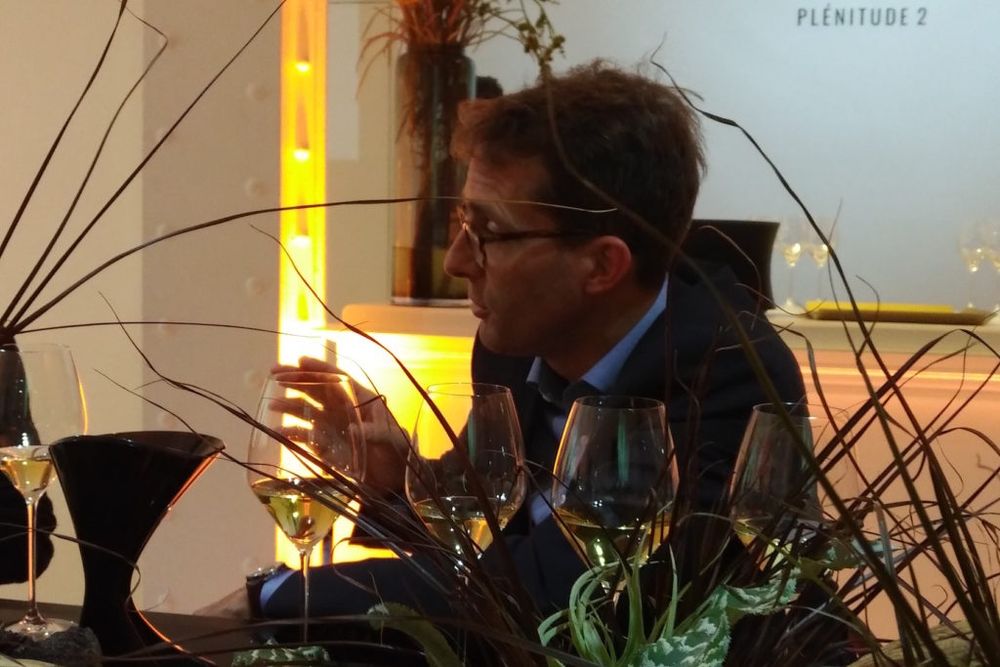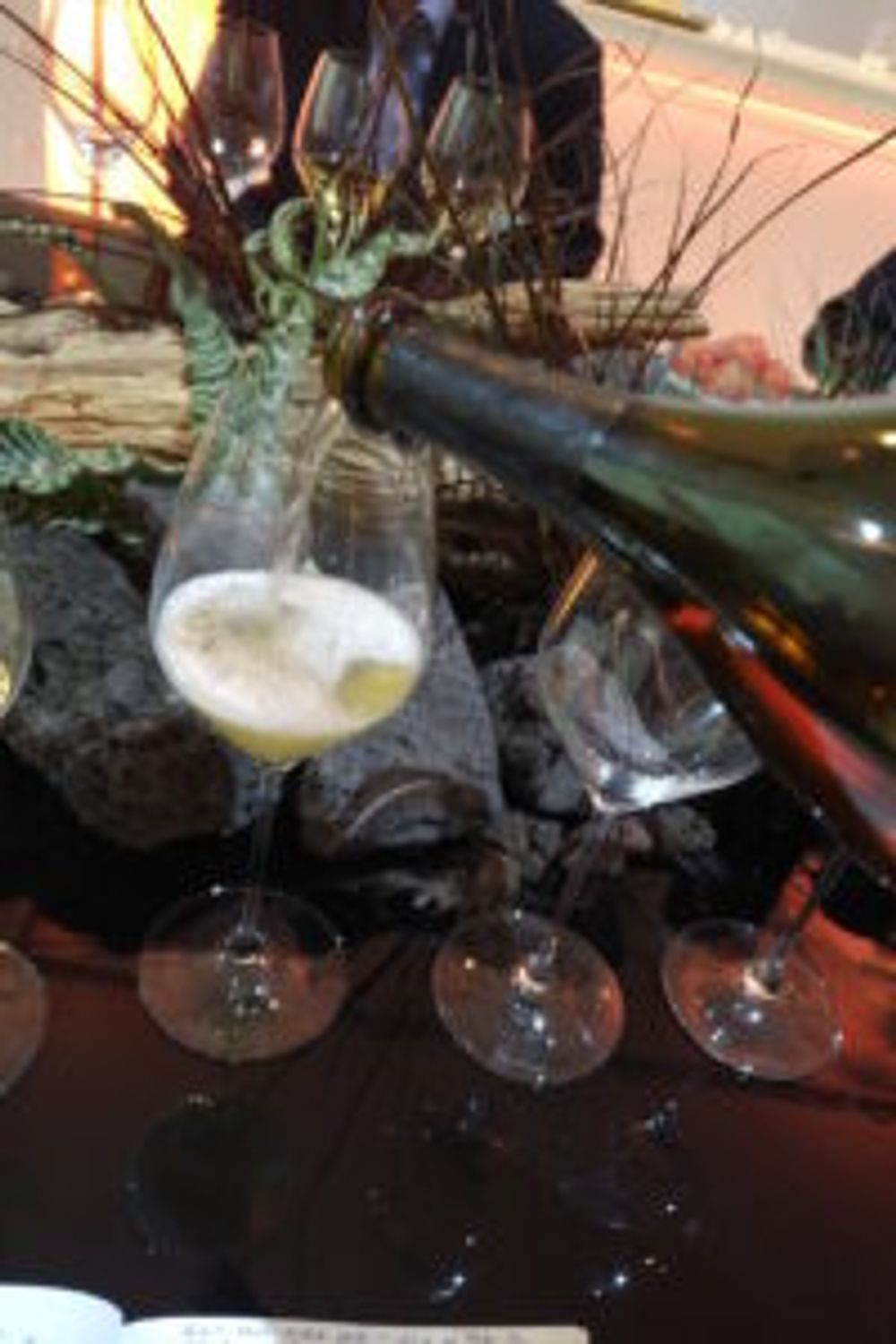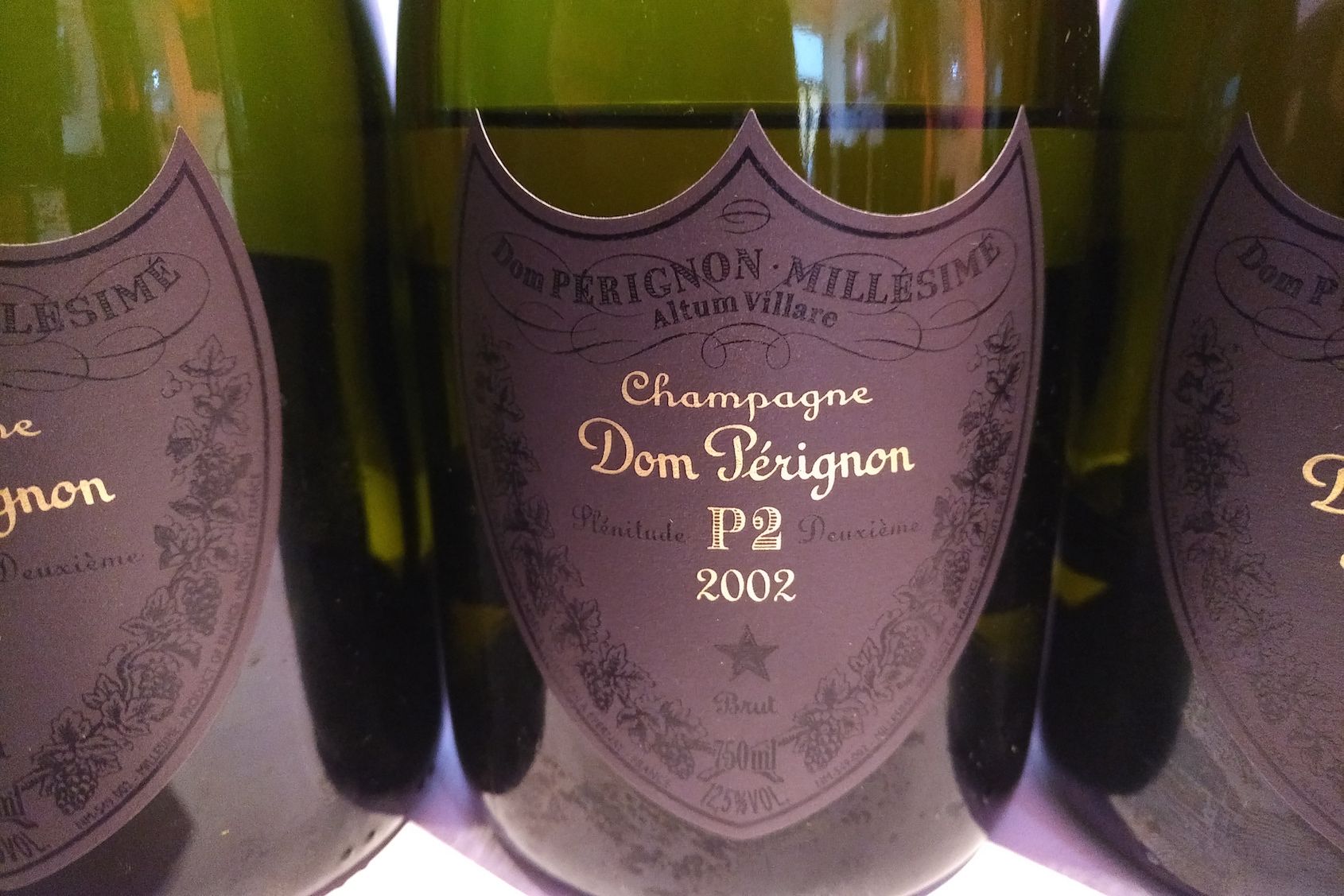Time can be the tonic of youth, argues Krebiehl, before giving full tasting notes of Dom Pérignon 2002 P2
If Dom Pérignon P2 does anything apart from being delicious, it illustrates the difference between pre- and post-disgorgement ageing of fine Champagne. Vincent Chaperon, chef de cave at Dom Pérignon was in London to launch the ‘P2’, or second plenitude, of the 2002 vintage, disgorged in 2017 and released now. The original release of Dom Pérignon 2002, disgorged in 2009, had been in 2010.
Now, after almost another decade and with eight more years of pre-disgorgement ageing the same vintage was presented next to its not quite identical twin.

Vincent Chaperon, chef de cave of Dom Pérignon, London, May, 2019
Chaperon noted the only two differences between the two 2002s that we tasted side by side: Both are based on the same blend, roughly half Chardonnay, half Pinot Noir, but the bottles destined for P2 had been aged under cork rather than crown cap from the beginning. The other difference was in dosage: the ‘normal’ vintage has 6-7g/l while the P2 has 4-5g/l.
Chaperon confessed that he did not quite know what it was that the cork closure did. We all know that the rate of oxygen exchange differs between crown cap and cork as the wines age and I am certain that Chaperon has studied every aspect of this and knows what can be known about the different trajectories of ageing under these different closures. What he confessed to not knowing – the real and delicious mystery – is how these differences create the flavours we experienced. “What we are interested in is the effect of oxidation and the use of time as a creative tool. P2 helps us to go higher and further,” Chaperon said. “Higher in intensity, further in time.”
Chaperon was on message, emphasising the release as yet another step in the journey of understanding the “philosophy of Dom Pérignon”. This philosophy revolves around “organising diversity and complexity in order to create harmony.” If this sounds fancy, it is his way of describing the detailed approach of knowing and observing each parcel of his Grand Cru vineyards and vinifying them to create as broad a palette as possible for blending later.
For one, his pronouncements are less elliptical than those of his predecessor Richard Geoffroy – for another he emphasised twice that he saw himself as a scientist. In that vein I share his fascination that the movement of the bubbles in the glass mirror the dynamic of water on the Atlantic Coast – a fact described by physicist and Champagne scientist Gerard Liger-Belair.
That Chaperon went on to describe each release of Dom Pérignon as another star giving more information about the constellation that is this prestige cuvée is a marketing flourish. All this was said at a table covered in black sand and volcanic basalt against the backdrop of a running video loop of flowing lava, crashing waves, rising bubbles and clouds moving to cover a full moon. The implication was clear: these are the elements and what happens at Dom Pérignon neatly aligns itself with these primordial movements.

Whether you enter into this spirit or not, the twin wines represented a wonderful comparison. Each had the rounded, richness of Dom Pérignon but P2 was a tonic of youth, an advertisement for pre-disgorgement ageing. In Chaperon’s words the difference was in their luminosity: “2002 is gold for me,” said about this stellar vintage in Champagne. “Chardonnay was almost overripe that year, so 2002 P2 is radiant gold.”

Dom Pérignon 2002 P2: Initially there was still a waft of smoky flint. Once this had dissipated, the full richness became apparent. Candied lemon peel but also the notion of pith and body, then notes of raw shortcrust pastry made with sweet butter and flecked with lemon zest. The palate was round and linear at the same time, with a supremely creamy, almost exacting mousse. There was something compact, something encapsulated about the roundness which nonetheless shone with freshness. The slightest hint of bitter pith lent even more structure. There certainly was harmony – and an irresistible tang of salty lemon on the finish.










































